Case studies
Case studies are used as a training resource throughout the process industries, to communicate vital process safety lessons, without repeating the same costly mistakes. They illustrate the complex causes behind an accident, which the IChemE Safety Centre’s (ISC) Case Studies bring to life, in a real-time setting.
Users of our Case Studies will experience each process safety incident as it unfolds, without prior knowledge of the outcome. This approach provides a rare opportunity for users to make crucial safety decisions, at designated points throughout the training session, and discover how each of their decisions impacts on the incident.
The interactive and engaging nature of our Case Studies helps to embed the lessons learnt from the training sessions, enabling users to enhance their understanding and application of process safety procedures.
Sample video footage
The engineering concepts and learnings behind the case studies are explained in lay terms, ensuring they’re suitable for a range of audiences; from operatives to executives, throughout the different process industries. Key Features include:
- 35-40 minutes of animated video footage to supplement a 90-120 minute training session
- two versions of the video footage on each USB, one with group exercises and decision making points, the second with decision making points only
- all video footage will be launched from a PowerPoint presentation for easy access
- detailed suite of handouts for group exercises and decision points
- comprehensive facilitator notes, to explain the exercises.
Pricing and contact details
The ISC Case Studies are available to buy online >>
12 month commercial training licences are also available, for more information please contact the publications sales team on +44 (0)1788 534470 or sales@icheme.org.

Coal Mine - simulating design, construction and commissioning decisions
This study guides users through the challenging practice of engineering decision making, this time focussing on the design, construction and commissioning of a coal mine. It highlights the pressures of budget and schedule, enabling users to experience how these factors influence vital decisions.
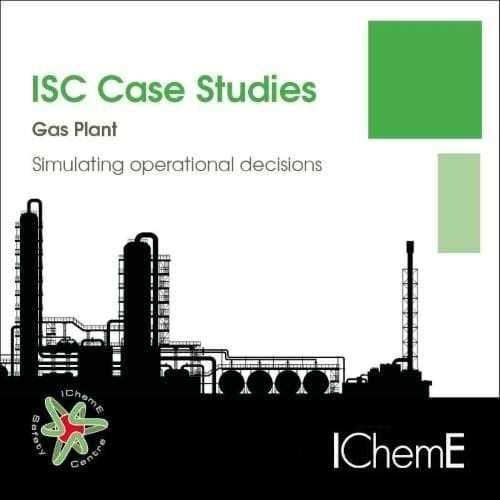
Gas Plant - simulating operational decisions
>In this study the user will encounter a stream of crucial decision making points, which would typically occur while on shift, operating a gas plant. Users will practice managing the tenuous balance between meeting production output targets, while managing a process upset.

Tank Farm - simulating operational decisions
This study exposes the user to a series of challenges associated with operating a tank farm. They will make ongoing decisions about the operations, comparable to those that could occur while on shift. Users will practice managing the tenuous balance between meeting production output targets, while adhering to essential safety requirements.

Offshore Platform - simulating incident investigation
In this study the user will play the role of the incident investigator tasked with identifying the root causes. The case study explores the complexity behind the incident and prompts the user to identify the true causes beyond the immediate direct cause.
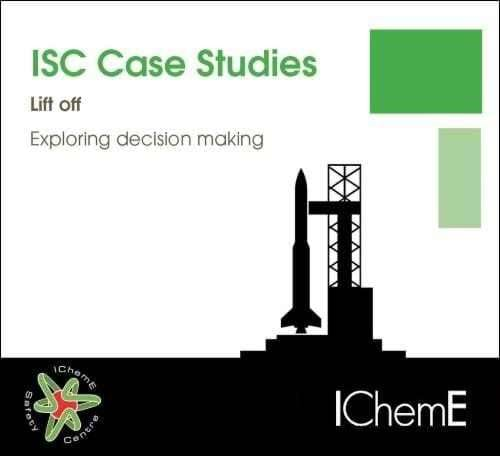
Lift Off - exploring decision making
This case study takes the user through the process of making critical decisions within a complex organisation as they manage a busy launch schedule. It highlights the ethical pressures of working within existing processes to solve problems.
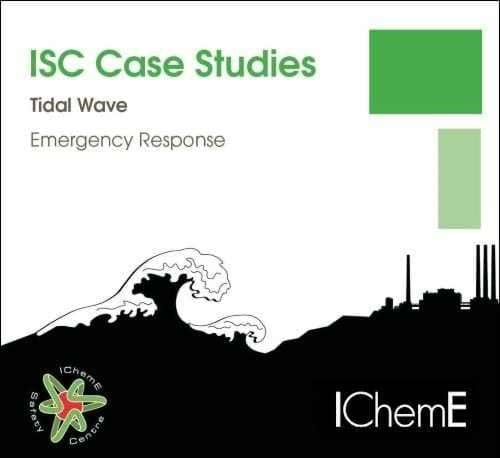
Tidal Wave - emergency response
This case study will take the user through an emergency response event as it unfolds. It highlights the different risks and challenges of responding to a natural hazard triggering a technological accident.
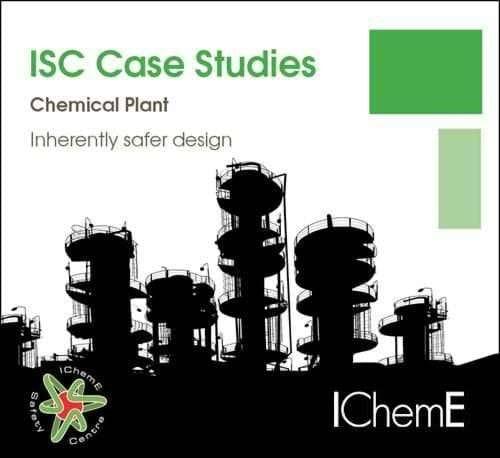
Chemical Plant - inherently safer design
This case study guides users through the principles of inherently safer design and their application. It highlights the conflicting pressure of budget and production versus safety, showing the challenges of determining which option is inherently safer.
This case study was part funded by a donation to IChemE from Saudi Aramco.
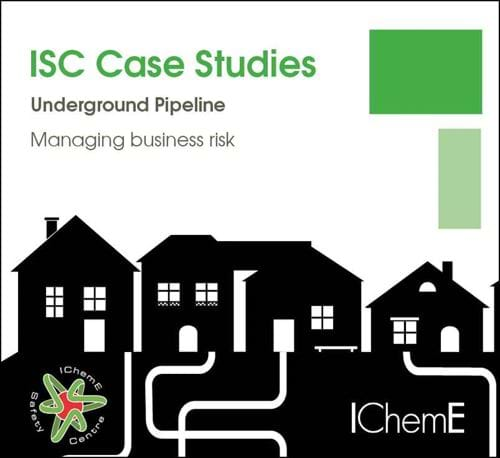
Underground Pipeline - managing business risk
This case study explores how an organisation manages risk and the conflicting financial pressure. It highlights how making assumptions in asset management can impact the overall risk profile and safety performance.
This case study was part funded by a donation to IChemE from Saudi Aramco.
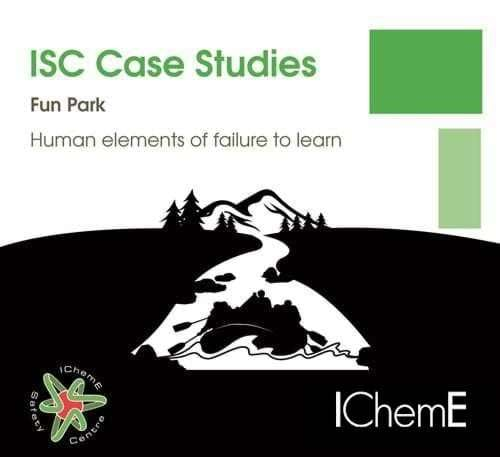
Fun Park - Human elements of failure to learn
This case study exposes the user to a series of challenges associated with learning to operate a theme park ride. They will assess how well they think they have been prepared to operate the ride. It will cover learning from previous incidents or near misses, and explore the human factors elements involved.
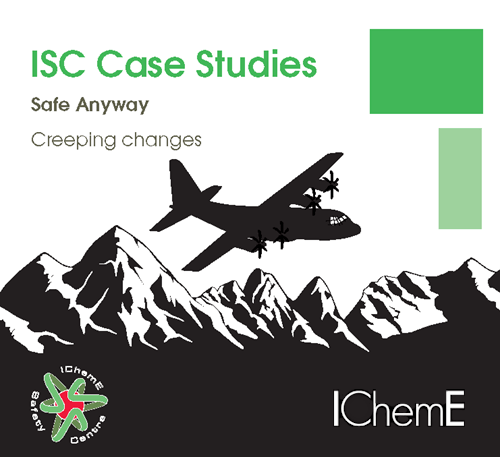
Safe Anyway - Creeping changes
This case study exposes the user to a series of changes made to an aircraft fleet over twenty years. They will assess the risks of extension of the fleet, the organisational changes and the role of the safety case. It will explore the phenomenon of creeping change.
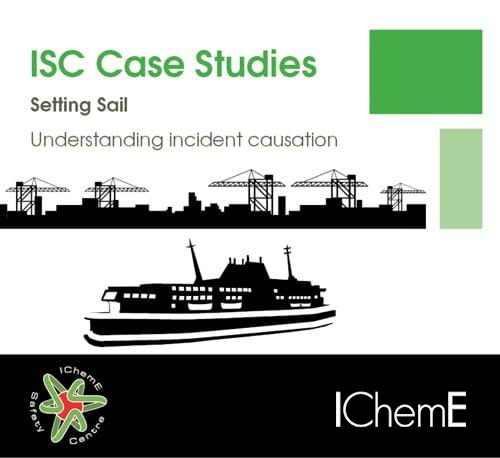
Setting Sail - understanding incident causation
In this case study the user explores the aftermath of an incident, determining who or what caused the event to occur. It will explore the application of controls, identifying engineering control being higher reliability than human, as well as identifying issues with requiring people to prove something is unsafe.

Changing Moments - Management of change
Management of Change is critical in organisations to ensure we understand the hazards we might introduce from a change. It is also critical that we have competent and skilled people undertaking MoC reviews. In this case study we explore what happens when change is not adequately managed and how the competence of the people involved impact the outcomes.